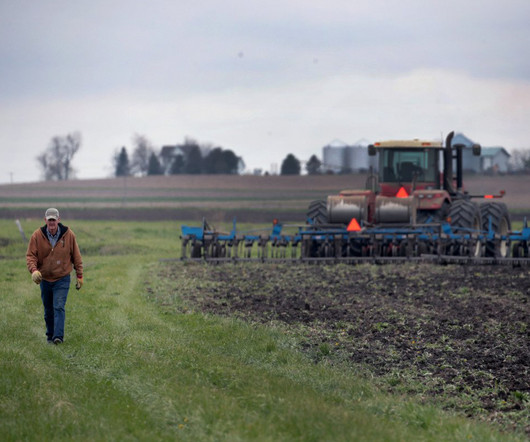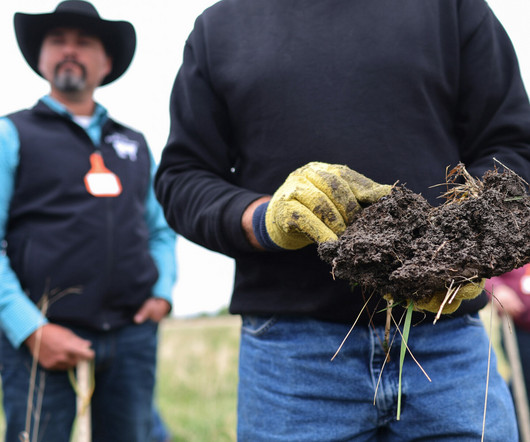Across Farm Country, Fertilizer Pollution Impacts Not Just Health, but Water Costs, Too
Civil Eats
MAY 1, 2024
When Jeff Broberg and his wife, Erica, moved to their 170-acre bean and grain farm in Winona, Minnesota in 1986, their well water measured at 8.6 These nitrogen-based compounds, common in agricultural runoff, are linked to multiple cancers and health issues for those exposed. ppm for nitrates. coli poisoning in their water. “A












Let's personalize your content